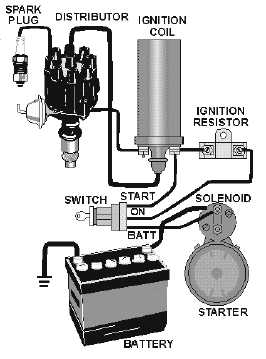3-7
To identify the components of a system
To trace a circuit
The troubleshoot equipment
The repair equipment.
When you have completed this subject, you should be able to recognize the relationship between the
various diagrams, their distinguishing features, and the purpose of each type of diagram. A continuing
reference to the figures in the text should help you understand the subject matter more clearly.
We will use a simplified drawing of the electrical system of an automobile to explain the various
electrical diagrams and how to "read" them.
PICTORIAL DIAGRAM
The simplest of all diagrams is the pictorial diagram. It shows a picture or sketch of the various
components of a specific system and the wiring between these components. This simplified diagram
provides the means to readily identify the components of a system, even if you are not familiar with their
physical appearance. This type of diagram shows the various components without regard to their physical
location, how the wiring is marked, or how the wiring is routed. It does, however, show you the sequence
in which the components are connected.
Figure 3-6 is a pictorial diagram of an automobile starting and ignition system. If you are not
already familiar with the components of this system, study the diagram. You should then be able to
recognize the physical appearance of each component and its interconnections with the other components
of the system.
Figure 3-6.—Pictorial diagram of automotive starter and ignition systems.



